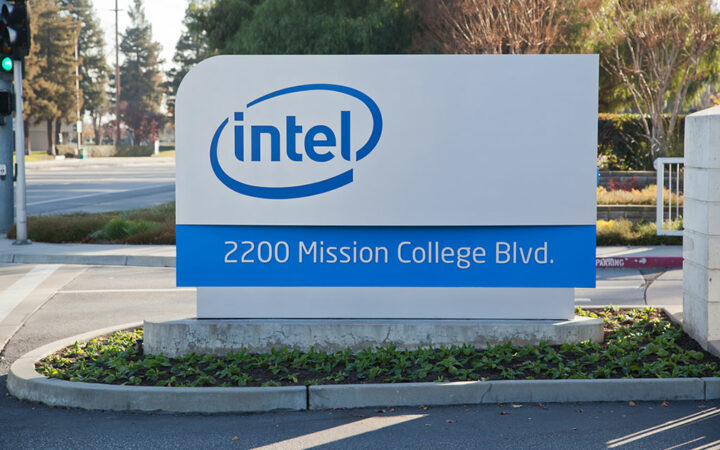
Let’s talk web3, crypto, Metaverse, NFTs, CeDeFi, meme coins, and Stocks, and focus on multi-chain as the future of blockchain technology. Let us all WIN!
During the fiscal third quarter that ended on September 26, Intel reported $1.11 EPS on an adjusted basis with a revenue of $18.33 billion.

Intel Corporation (NASDAQ: INTC) shares tumbled approximately 10% during Thursday’s after-hours trading session to trade around $48.85. The dip is attributed to the mixed Q3 results that the company released yesterday. Whereby, Intel reported a 4% revenue decline on an annualized basis in the quarter that ended on September 26. The Silicon Valley chipmaker giant is facing fierce competition from other companies that are producing cheaper electronics in accordance to market demand.
Intel stock has experienced mixed results during the coronavirus pandemic. Whereby, it was down 9.94%, 10.76% in the past ten months and three months respectively. However, it had gained approximately 9.64% and 0.09% in the past one month and five days respectively, according to market figures provided by marketwatch.
At the time of publication, Intel had a market capitalization of approximately $227.54 billion with 4.25 billion outstanding shares. Notably, in the past 52 weeks, Intel shares have ranged between $43.63 and $69.29. On average, Intel shares received a rating of Hold from 40 Wall Street analysts.
Technically, Intel shares have been horizontally consolidating since the calendar flipped. Furthermore, they are trading between Black Thursday’s low and their all time high on the weekly chart, which has been a multi year resistance level. Intel shares have formed a strong support level on the 200 MA on the weekly chart, which might be a strong indicator of strong bulls. If the buyers accumulate more in the coming quarters, Intel shares are perhaps going to breakout and set a new all time high.
Refinitiv analysts expected Intel to report adjusted earnings per share of $1.11 and a revenue of $18.25 billion. Intel’s Data Center Group came up with $5.91 billion in revenue, down 7% and less than the FactSet consensus estimate of $6.21 billion.
However, the company indicated that revenue from enterprises and governments went down 47% after two quarters of growth above 30%. The decline was largely attributed to the coronavirus pandemic and change in consumer behavior.
As the pandemic sent most people to work and study from their homes, the company has noted that most are opting for cheaper laptops with cheaper processors. As a result, the company sold a higher volume of less profitable chips in the third quarter. This trend worried investors, which perhaps has triggered the Thursday after hours sell off.

Let’s talk web3, crypto, Metaverse, NFTs, CeDeFi, meme coins, and Stocks, and focus on multi-chain as the future of blockchain technology. Let us all WIN!




